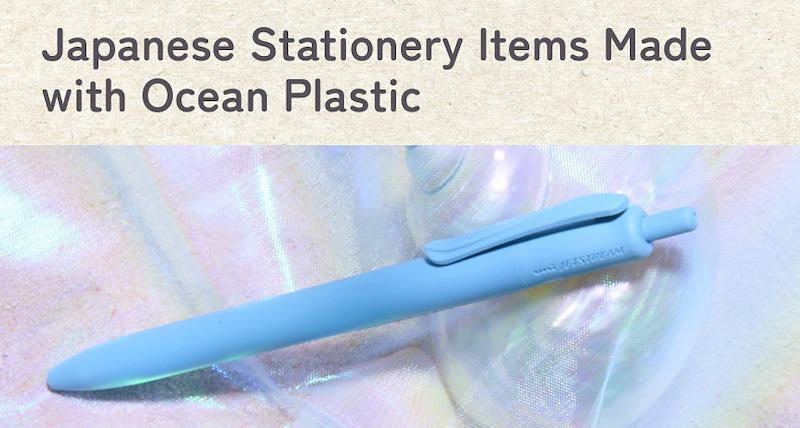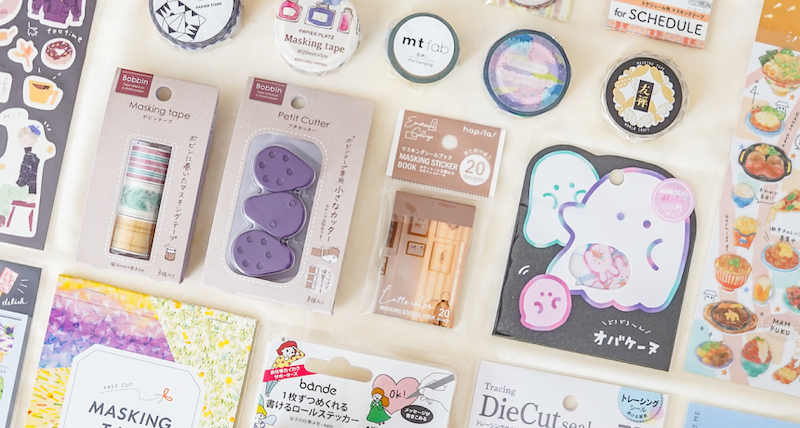Blog
Top Tags
stationery
|
japanese stationery box
|
stationery pack
|
Japanese culture
|
Previous Stationery Packs
|
annoucement
|
giveaway
|
Previous Packs
|
ZenPop Giveaway
|
Made with ZenPop
|
Featured Article
Discover the beauty of celestial stationery. From starry notebooks to shimmering washi tapes, explore how Japanese design draws inspiration from the night sky.
This October, ZenPop is celebrating its 9th anniversary, we’re inviting you to share your ZenPop journey for a chance to win stationery gifts.
Discover RyuRyu, a Japanese stationery brand born from postcards and playfulness. From calendars to planners, their creations add joy to everyday life.
Explore original Japanese stickers from Midori, Kamio, BGM, Ryuryu, and Mind Wave. Unique flake, washi, and nostalgic designs to elevate your stationery.
Discover the 8 best Japanese pencil cases — from cute to functional — and find the perfect case to carry your pens, pencils, and stationery.
Discover 5 cute Japanese stickers that go beyond anime—retro, nostalgic, and refined otona kawaii styles perfect for journals, planners, and collectors.
Explore how Japanese stationery uses minimalism and seasonal design to reflect nature's beauty. Learn how everyday items tell quiet stories through thoughtful details.
Discover ROKKAKU, a Kyoto stationery brand famed for foil-stamped cards, tapes, and notebooks. Celebrate everyday moments with Japanese elegance.
Discover what makes BGM masking tape and stickers special. Compare BGM vs mt, World Craft, Mindwave, and more in this guide for Japanese stationery lovers.
Explore eco friendly stationery from Japan made with ocean plastic, tea leaves, and recycled materials. Discover sustainable tools that are as smart as they are beautiful.
What are all those Japanese stickers and how can you best use them? Find out here.











